Caste, data & democracy: A reading list for India’s defining census moment
Whether you're a policymaker, student, or just trying to make sense of what this means for India’s democracy, start here:
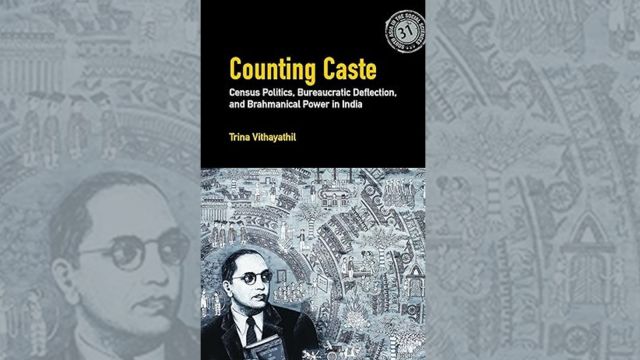 Counting Caste: Census Politics, Bureaucratic Deflection, and Brahmanical Power in India by Trina Vithayathil
Counting Caste: Census Politics, Bureaucratic Deflection, and Brahmanical Power in India by Trina VithayathilAs the Indian government announces a landmark caste census—long resisted, now embraced—these books offer insights into the layered histories, bureaucratic power plays, and sociopolitical stakes of counting caste. Whether you’re a policymaker, student, or just trying to make sense of what this means for India’s democracy, start here:
1. Counting Caste: Census Politics, Bureaucratic Deflection, and Brahmanical Power in India by Trina Vithayathil
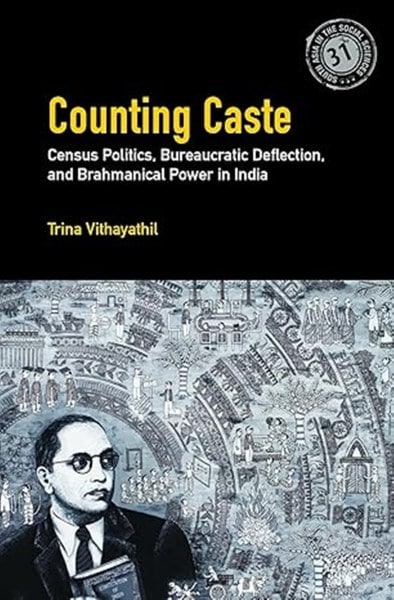 (Source: Amazon)
(Source: Amazon)
📌 Why read: Essential to understand how successive governments—both BJP and Congress—used bureaucratic delay to resist caste enumeration.
📌 What’s it about: Vithayathil investigates how India’s bureaucracy and political leadership colluded to block caste enumeration in the 2011 Census, coining the term “bureaucratic deflection.” She shows how Bihar’s 2023 caste survey reveals cracks in this resistance and exposes the enduring power of caste privilege. The book critiques both Congress and BJP for promising caste data collection but failing to deliver, and it makes a compelling case for why counting caste is a prerequisite for social justice and democratic accountability.
2. The Oxford Handbook of Caste, Edited by Surinder S Jodhka and Jules Naudet
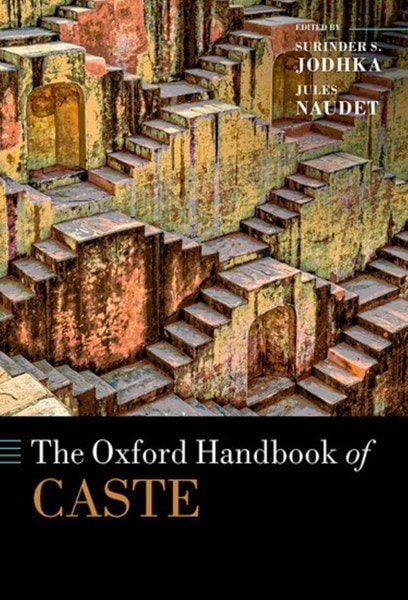 (Source: Oxford University Press)
(Source: Oxford University Press)
📌 Why read: A heavyweight reference book with academic depth; it explains caste not just as a social hierarchy but as a political currency.
📌 What’s it about: This 660-page compendium offers 42 essays on caste’s intersections with politics, religion, gender, migration, and economy. Contributors explore colonial-era census practices, Hindu nationalism, caste in education and employment, and more. Though academic in tone, it’s a goldmine for anyone seeking an in-depth, interdisciplinary view of caste’s evolution and persistence. Its essays on “Caste and the Religious Realm” and “Census and Enumeration” provide context to India’s renewed focus on caste data.
3. The Routledge Handbook of Census Resources, Methods and Applications, Edited by John Stillwell
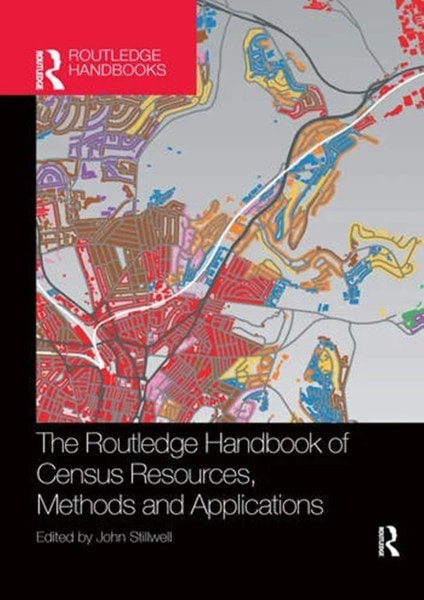 (Source: Amazon)
(Source: Amazon)
📌 Why read: Puts India’s debates in an international context, illustrating what robust, transparent census-taking can and should look like.
What is it about: Though focused on the UK’s 2011 Census, this handbook is a global benchmark for census methodology. It covers data collection, processing, visualisation, and application in policy and academic research. Of particular value are chapters on using census data to address social inequality and health disparities—relevant for India as it contemplates integrating caste into formal policy design. This book underscores how the census, far from being a mere demographic tool, is foundational to equitable governance.
4. Hindutva: Who is a Hindu? by VD Savarkar
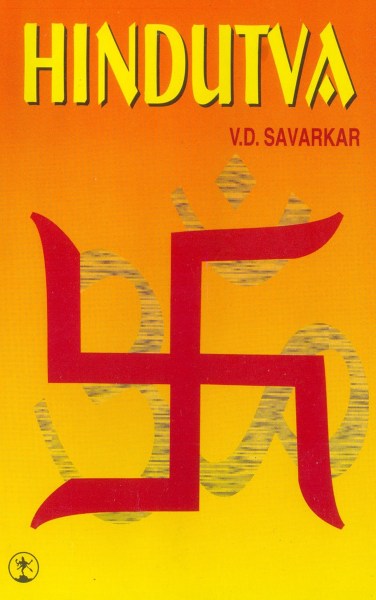 (Source: Amazon)
(Source: Amazon)
📌 Why read: Understand the roots of today’s political narratives and their contradictions—especially amid the BJP’s caste census pivot.
📌 What is it about: Savarkar’s 1923 manifesto lays out a vision of Hindu nationalism grounded in geography, race, and culture. While promoting unity, he paradoxically endorses the caste-based Varna system, seeing it as a “regulation” of noble Hindu blood. This contradiction—between caste hierarchy and nationalist unity—foreshadows many of today’s ideological tensions. Reading this helps decode how modern Hindutva narratives absorb or sidestep caste, and why the current census decision may be more strategic than transformative.
5. A Dying Race by UN Mukerji (1909)
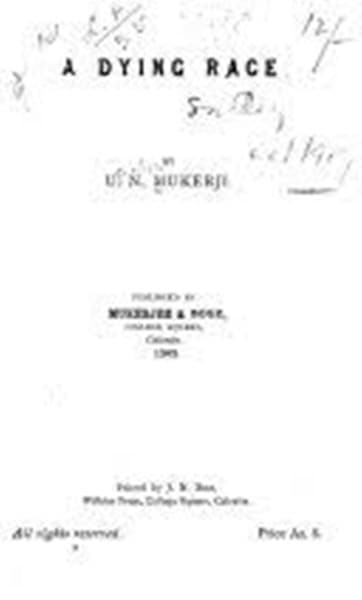 (Source: Google books)
(Source: Google books)
📌 Why read: Illustrates how caste census data was weaponised even in colonial times to stoke demographic anxieties.
📌What is it about: This early 20th-century pamphlet combines census-derived alarmism with Hindu revivalist sentiment. Mukerji warns of Hindu population decline and blames caste divisions for weakening communal unity. The text laid the groundwork for associating caste with national vulnerability, an idea that persists in Hindutva discourse. While problematic, it’s historically significant in showing how data collection has long been manipulated to serve ideological ends.



- 01
- 02
- 03
- 04
- 05




























